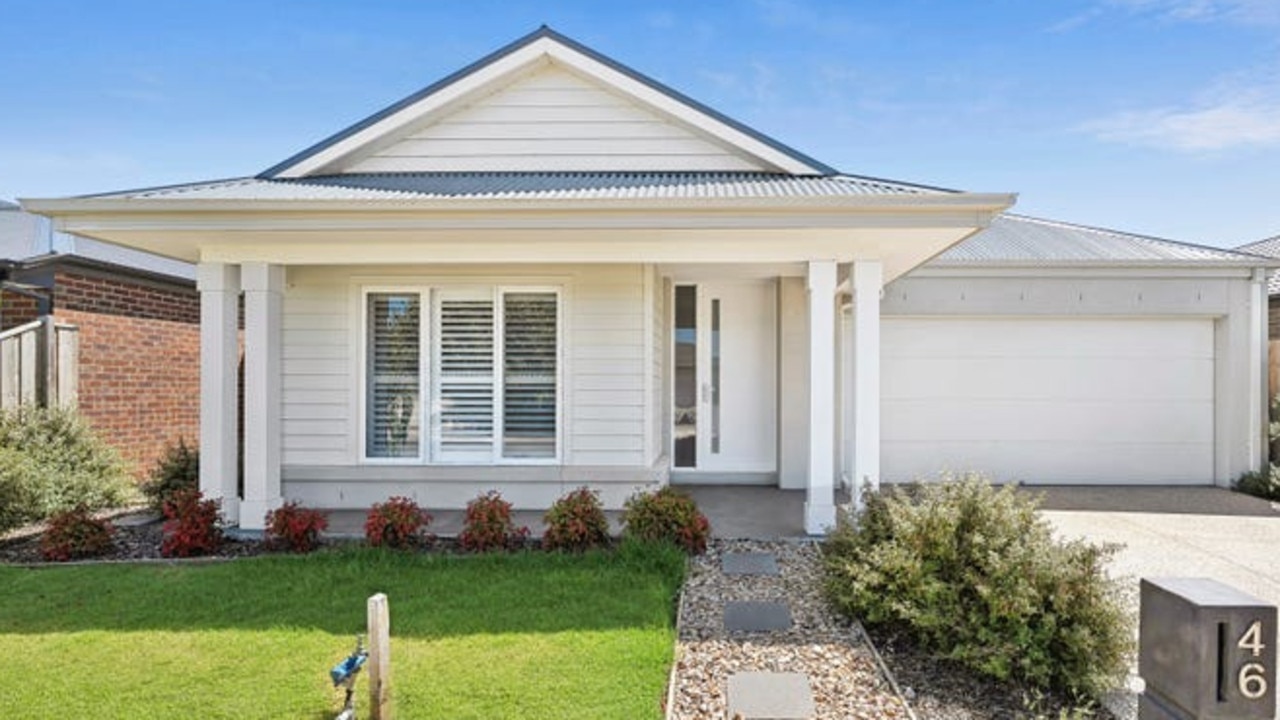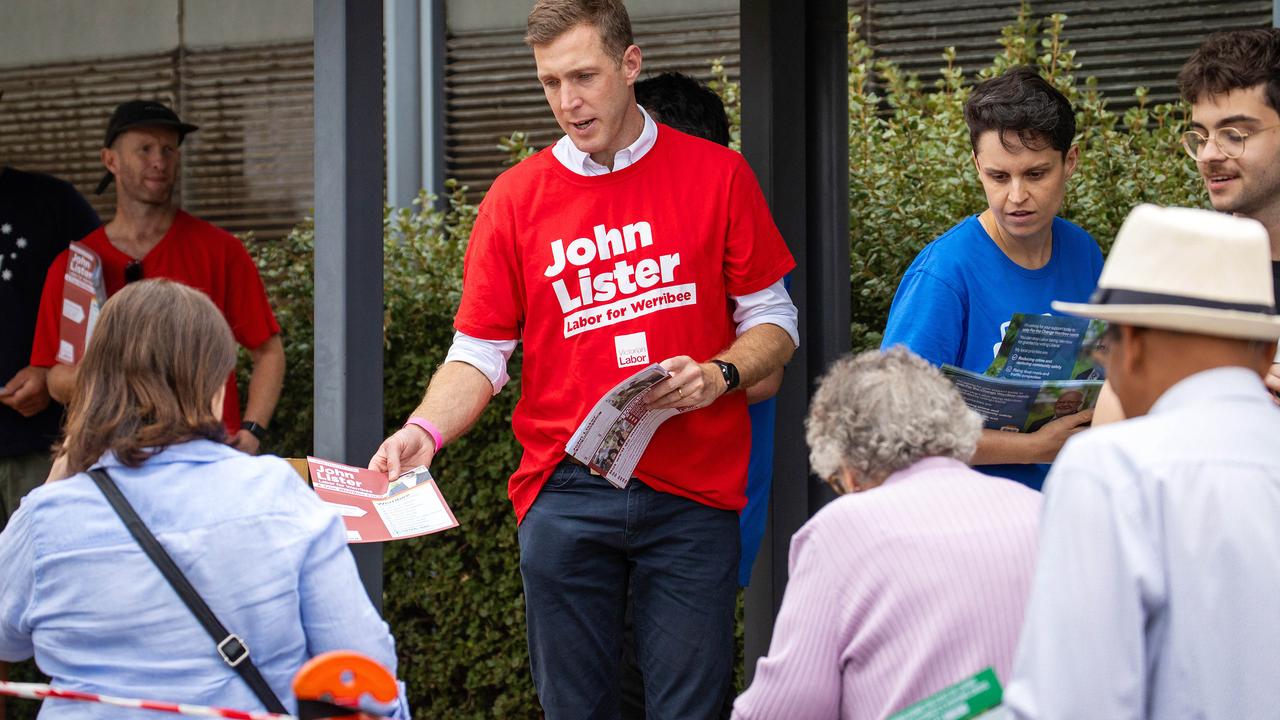Complex network of CCTV cameras and operators keeping watch over Melbourne
A hooded figure strolls out of a Collins St jewellery store, believing he has pulled off his biggest heist yet. But he’s about to be stopped in his tracks, thanks to a growing number of “guardian angels” keeping watch over the city.
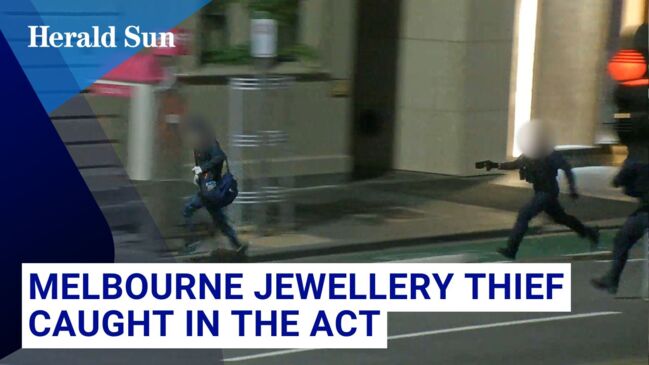
Victoria
Don't miss out on the headlines from Victoria. Followed categories will be added to My News.
A hooded figure wielding a hammer-like weapon breaks into a high-end jewellery store near Collins St in the dead of night.
He strolls out of the store with almost $100,000 worth of jewellery, believing he has pulled off his biggest heist yet.
Little does he know he was being watched the whole time – and is about to be arrested.
Every minute of every day, a growing number of “guardian angels” keeps watch over our city.
This complex network of CCTV cameras are monitored by an experienced team of operators.
Perhaps surprisingly to some, they are not holed up at Victoria Police headquarters on Spencer St.
They are deep within a 154-year-old building in a chamber-like control room, illuminated by more than 100 screens that never switch off.
From Town Hall, these eagle-eyed operators help keep Melbourne and its people safe, scanning the live feeds of more than 250 cameras to “stop crime in its tracks”.
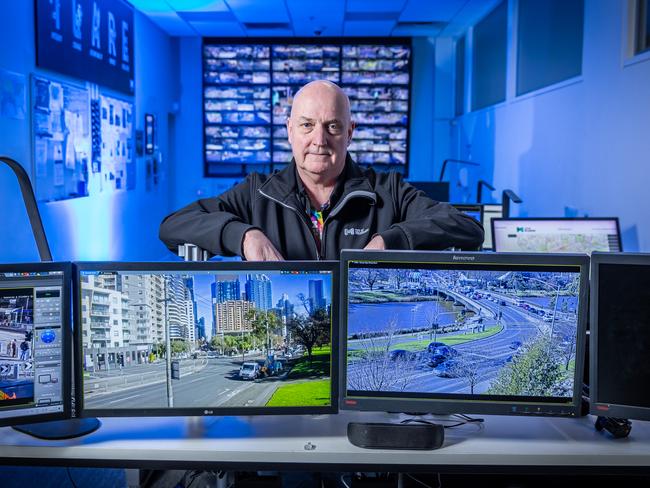
The Saturday Herald Sun was last week granted exclusive access to the secure facility by the City of Melbourne, offering a rare insight into one of most hi-tech rooms in town.
In the past decade alone, the Safe City operation – established in 1995 – has recorded 47,000 incidents, having captured everything from vandalism to burglaries to deadly attacks.
In a clip shown and released to this masthead, a man unrelated but bearing a striking resemblance to retired Richmond star Dustin Martin is monitored by an operator as he loiters at the intersection of Collins and Exhibition streets.
“But out of the corner of their eye, they see this,” one of the Safe City supervisors tells the Saturday Herald Sun, speaking about the operator.
He points to that hooded figure, hacking at the door of jewellery store Georg Jensen.
The thief breaks in and, within seconds, pinches almost $100,000 worth of jewellery.
But the operator has already called for back-up and Victoria Police’s critical incident response team arrives within minutes.
The criminal tries to run but a police officer launches himself at the man and arrests him.
“The cameras are the infrastructure, but the people behind the cameras bring the magic,” the supervisor says.
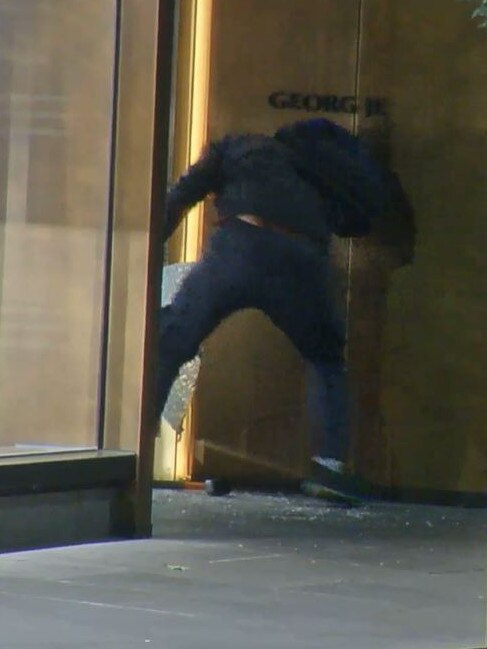
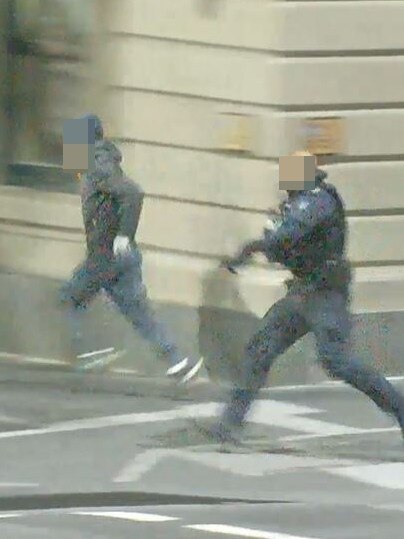
In another incident, a young hoodlum seems to blend in with the crowd at a tram stop near Flinders and Elizabeth streets, but the operator can tell something is amiss.
Sure enough, he pulls a spray can from his bag and tags the tram shelter in broad daylight, unaware that eyes in the sky have spotted him.
The operator contacts police on the ground, as they use the network of cameras to track the vandal’s every move in a game of cat and mouse he will eventually lose.
He is cornered by police and arrested.
Evidence of his crime documented from start to finish.
And he is not the only one to have been caught in the act.
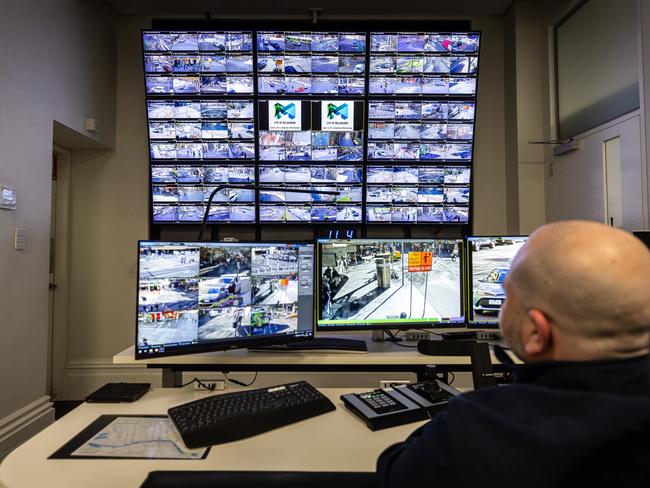
The Saturday Herald Sun can reveal that one of Melbourne’s most notorious graffitists – behind the Bruege tag – was allegedly captured tagging Town Hall itself.
He is accused of defacing a Christmas decoration in full view of one of the cameras, before walking across the road to pay for an item at a convenience store with his credit card.
Last year, his tag – which at one point accounted for close to 40 per cent of all tags in Melbourne – was removed about 1000 times, costing the city close to $50,000 to clean up.
He is now awaiting his next court date.
It is understood that the cameras are also helping police close in on other graffitists, including the person or people behind the Yomp tag.
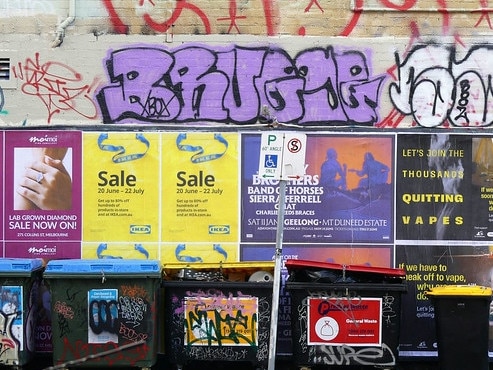
Melbourne has a “culture of tagging” unlike other capital cities, like Sydney or Adelaide, according to one of the team members.
“And it’s not the people you expect,” he reveals.
He says he has spotted office workers “hardly break stride” as they pull a can or marker from their bag and leave their ugly mark on the city.
Most of the cameras have 360-degree capabilities and powerful lenses, with a camera opposite Flinders Street Station capable of zooming in on the steps of the Shrine 1.5km away.
And the operators know the city like the back of their hands, able to identify not only the street an incident is occurring, but the approximate street number.
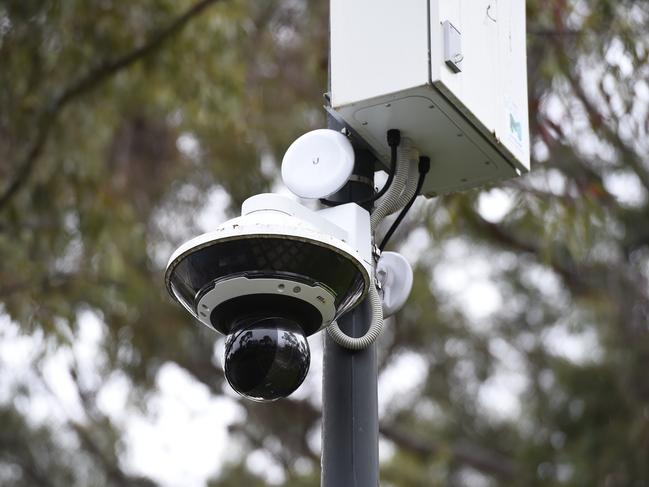
Lord Mayor Nick Reece says the network “stops crime in its tracks, quite literally”.
“Our Safe City cameras are like the guardian angels of our streets, keeping Melburnians safe even when they don’t know it,” he says .
“What started as 23 cameras in 1995 and a team of one has grown to a slick operation, including 230 cameras, a mobile CCTV car and a team of 10.
“These are experts in security who monitor those cameras 24 hours a day and are experts in reading body language (and) patterns of human movement and behaviour.”
The live feeds can be accessed in police stations and even patched to a handheld device carried by police officers, preparing them for any situation they are about to walk into.
Dean Robertson, the director of city safety, security and amenity at the City of Melbourne, who oversees the team, took the Saturday Herald Sun behind the inconspicuous white door at Town Hall where the control room lies.
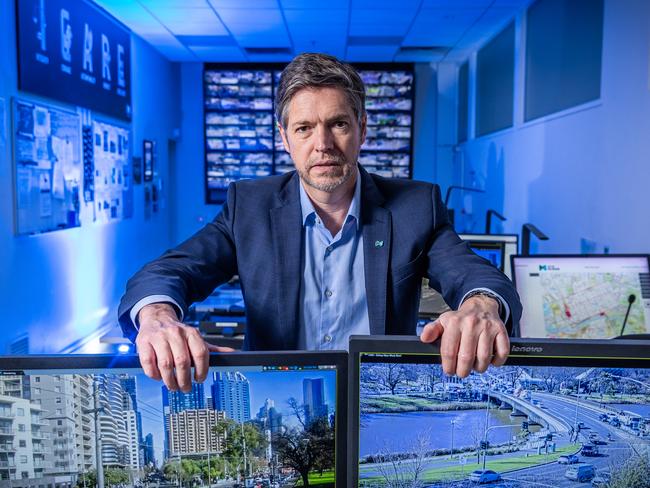
Upon stepping inside, the wall of more than 100 screens is the most striking feature – second to the thick, brown door of supposedly Melbourne’s oldest gold safe.
The gold safe – marked “Agents for Chubb, Lock & Safe Makers London” – now holds modern-day valuables.
It stores thousands of hours of footage, as well as the systems which power the Safe City operation.
But Mr Reece says he can assure Melburnians that the cameras operate within strict guidelines.
“The City of Melbourne has very strong protocols in place around the operations of the cameras to ensure that they do not breach personal privacy and we have oversight arrangements where there are regular reviews of how the network is being used,” he says.
In the wake of the Bourke Street tragedy in 2017, which claimed the lives of six people and injured 27 others, the network was bolstered with dozens of extra cameras.
And it has recently been expanded into neighbourhoods like Carlton, with eight cameras installed along Lygon St with funding from the state government.
Now, Reece has promised to install 200 extra cameras across the city by 2026, if he is returned to the city’s top job after the upcoming local council election.
Beyond doubling the number of cameras, Mr Reece’s plan could also involve private cameras belonging to major asset owners being connected to the network, meaning they would also be monitored 24/7 from the control room.
“We do need to remind ourselves that Melbourne is a very safe city, less than 0.01 per cent of visits to the city result in an incident,” he says.
“But it’s important that we step up our efforts so Melbourne remains safe.”
Either way, the “guardian angels” and the operators behind them will continue to help keep our city safe.
“We are very proud of the team. They do an excellent job,” Mr Reece says.




